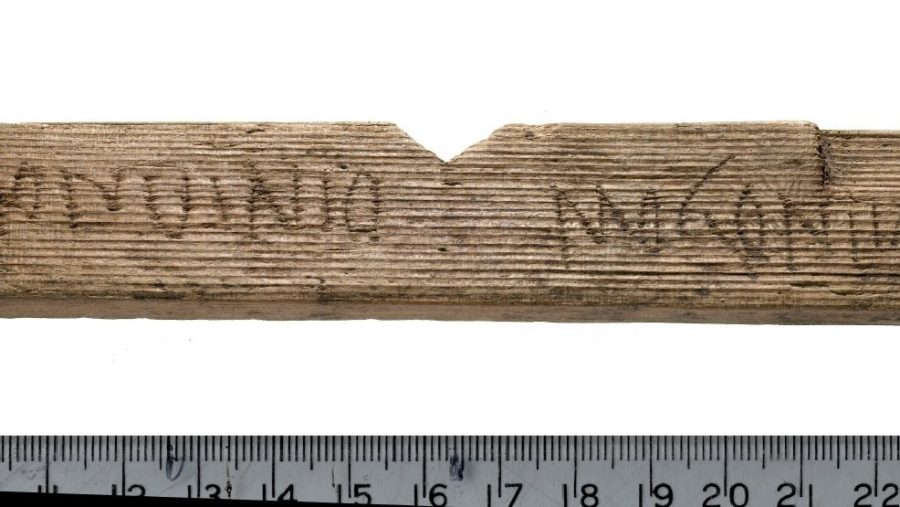Potential HIV vaccine to start clinical trials
Oregon Health & Science University has begun recruiting volunteers for the first round of human tests of their vaccine for HIV.
OHSU is a university located in Portland, Oregon known for its work in medicine and nursing and it’s familiar with work in vaccines.
As for the HIV vaccine, if trials are successful, the vaccine could take almost 10 years to hit the market, and the cost could be tens of millions of dollars. But before hitting the market, the vaccine needs to be tested.
RELATED: This week in science: giraffes, dinosaur skulls and mysterious stone spheres
OHSU began its search for volunteers last week via a website created by the Vaccine and Gene Therapy Institute at OHSU. The website has publications on the university’s work with diseases and viruses, as well as information about vaccine studies. As for the HIV study, OHSU is looking for people ages 18 to 60 and in good health.
According to their website, OSHU researchers are conducting the study to learn about a virus called cytomegalovirus,“ … in preparation for future vaccine studies in which CMV is used as part of a vaccine to prevent infections such as HIV and tuberculosis.” Participants in the study will not receive any vaccines as part of the research.
The vaccine trials are set to begin next year.
Big trouble in little Thailand
Thailand’s ever-popular “Tiger Temple” has been shut down, having all 137 tigers removed by authorities.
Last week, 100 tigers were removed followed by the remaining animals taken off the grounds on Saturday—the entire removal operation took nearly a week. According to Adisorn Noochdumrong, deputy director general of the Department of National Parks, Wildlife and Plant Conservation, in a statement to CNN, the tigers looked healthy, but he and his team will perform background checks to confirm their health.
The tigers have been relocated to a government sanctuary nearly 60 miles away from the “Tiger Temple.”
RELATED: This Week in Science: diodes, rhinos and intimate robots
The large-scale removal comes just days after 40 dead tiger cubs were found inside the temple last Wednesday June 1. Items also recovered were pieces of tiger skin and tiger teeth, with a continued investigation of temple for more suspicious items. Also found were small containers made from tiger skin, usually worn around the neck by the superstitious for the belief they will become invincible.
More complaints will be filed against the people in charge of the foundation running the temple, as well as against the chief monk of the “Tiger Temple” for violating the Wildlife Conservation Act. If these people are convicted, they could see four years in prison and a fine of $1,100, according to Noochdumrong.
Ancient writing speaks to the mundane
Archaeologists have found some of the oldest handwritten documents in Britain, with a direct reference to London.
Over 400 writing tablets were found while the future site of Bloomberg’s new European headquarters in London was being excavated. The site was undergoing construction and uncovered a trove of Roman artifacts in the process. The writing tablets were discovered, as well as Roman buildings and 15,000 other artifacts. But the tablets contain a plethora of information.
The tablets directly reference, for the first time ever, London in an address which dates between 65 A.D. and 80 A.D..
There were also financial documents which date to 57 A.D., making it the earliest handwritten document found in Britain.
On the tablets are almost 100 names, ranging from slaves to judges and brewers. This information provides historians and archaeologist’s insight to the daily workings on London, from the more ordinary everyday tasks.
Prior to this archaeological find, only 19 writing tablets have been found in London, so the discovery of these tablets is valuable in terms of information.
Some of the artifacts will be on display at the site, including the oldest handwritten tablet, when the Bloomberg building is finished in 2017.
Follow Bailey Bellavance on Twitter.









